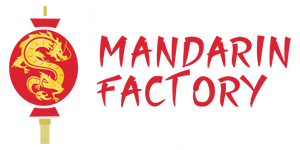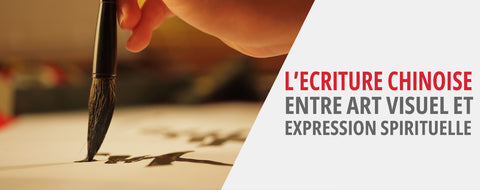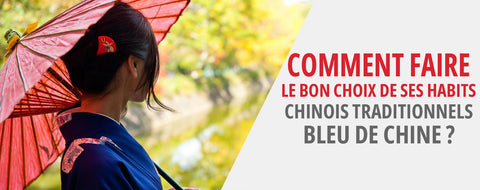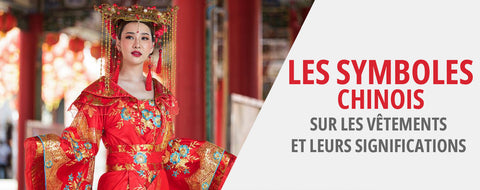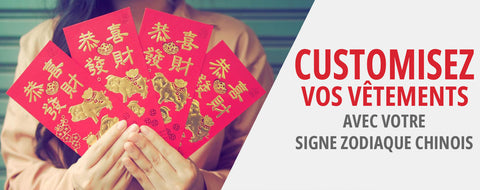
Traditional Chinese Clothing
reading - words
Traditional Chinese clothing fascinates and questions, due to its essential role in the Chinese culture. Although today, traditional clothing is generally only worn during traditional celebrations or other religious occasions, these clothes still amaze the curious.
History of Chinese Costumes
Historians have discovered Chinese clothing dating back to the Paleolithic era, about 1.7 million years ago! Although much more rudimentary, these clothes are only distant ancestors of those we know today. They were then made of animal skins, and decorated with stones and animal teeth. Clothing resembling traditional Chinese outfits only appeared much later, about 5,000 years ago, created by Huangdi, the Yellow Emperor. By the time of the Shang Dynasty (1700 BC – 1046 BC), the basic characteristics of traditional Chinese clothing had already appeared, as had the traditional patterns. Only later, during the Zhou Dynasty (1046 to 256 BC), long robes, similar to togas, appeared, and for thousands of years were as popular as sets of blouses and long skirts, for both ladies and men.

The formation of the Republic of China (1912 - 1949) then marked an important turning point in the history of traditional Chinese clothing. Mao suits (or Zhongshan suits) then became the norm for men, and Qipaos (also called Cheongsams) for women. At the beginning of the People's Republic of China, this traditional costume also became popular among Chinese women. Then, during the 1970s, during the opening-up reforms of the territory, the Chinese gradually adopted a Western style of dress.
Meaning of the characteristics of Chinese Traditional Clothing
The meaning of the main features and patterns of traditional clothing have changed over time. For example, black was considered a dignified color reserved for the upper castes during the Xia Dynasty (207 to 1600 BC), while it was more likely to be white during the Shang Dynasty, and red during the Zhou Dynasty. The clothing worn also depended heavily on the social status, of the political positions, or of the occupation. For example, dragon embroidery and bright yellow are usually reserved for Emperors. During the Tang Dynasty (618 - 907), purple was reserved for officers of 5th rank or higher, while during the Qing Dynasty (1644 – 1911), the wealthier and higher the social status of a person, the more embroidered their clothes were.

Some Typical Chinese Clothes
Clothing trends change over time and across regions, and each minority and ethnic group has its own codes. However, there are several types of traditional clothing that are particularly popular.
Hanfu (汉服)

Hanfu is a traditional Asian garment worn by the Han people between the coronation of the Yellow Emperor (2698 BC) and the Ming Dynasty (1368–1644). It was particularly popular during the Han Dynasty, between 206 BC and 220 AD. "Fu" meaning garment, Hanfu refers directly to the clothing worn by the Han people who popularized and improved Chinese fashion during this period. Hanfu are long tunics, with a crossed collar whose right lapel passes over the left. Rather loose, the dress is embellished with long sleeves, and there are no buttons, the tunic being held in place by a belt. Although quite simple in style, this silk garment often gives a rather dramatic, sometimes epic, appearance due to the resulting drape.
Qipao (旗袍)
Qipaos, also called Cheongsams, are women's clothing inherited from the Manchus. Still very popular today, they have evolved to adapt to Western dress codes, and exist, for example, in a backless version. This prominent Chinese dress has a Mao collar, most often straight, sometimes crossed, is tight at the waist, and has short sleeves. Closed at the collar with buttons, the dress is generally slit on both sides. The Qipao is usually made of silk, but sometimes also of cotton or linen. This tight-fitting dress is one of the most popular Chinese clothing among Westerners, who consider it sexy and elegant.
Tangzhuang (唐装)
This traditional Chinese outfit, called Tangzhuang, or sometimes Mandarin costume, is a set mixing the style of a male Manchu jacket, typical of the Qing dynasty, and a more Western costume. The Mao collar is generally straight with so-called Brandenburg closures. The colors used as well as the design are of traditional Chinese style, but the fabrics are more Western.
Mao Suit (Chinese: 山裝)

The traditional Mao suits, also called Zhongshan Zhuang or Yat-Sen suits, were created by Doctor Sun Yat-Sen, combining a traditional Chinese style with a Western style, not only this time in the fabric used. Indeed, the Western influence is felt especially in the very aesthetics of the suit. The Mao suit has an officer collar and four pockets with flaps. As Mao Zedong himself wore it very frequently, the Zhongshan Zhuang became for Westerners, the Mao suit. It constituted the basic wardrobe of men, during the People's Republic of China, between 1949 and the 1980s. Political leaders still wear them very frequently today, as traditional dress, during celebrations or special events such as military parades.
Imperial Robe (袞龍袍)

The Chinese imperial robe, is also called Longpao or sometimes Dragon Robe because of the dragons traditionally embroidered on it. It can only be worn by the Emperor, and this, from the Tang dynasty (618 – 907). The dragon has a strong imperial symbolism, representing power and wisdom, and could only be worn by the Emperor, just like the bright yellow color that the imperial robe generally sports. If like the Chinese Emperors you want to wear magnificent dragon clothing, you will find at our partner theDragon's Lair a magnificent one shirt collection in the image of dragons.
Traditional Chinese Wedding Dress

There traditional ceremonial dress varies widely depending on the different dynasties and regions. However, a red dress is generally preferred. Indeed, red, a true lucky charm for the future married couple, symbolizes good fortune and luck in China. In the North of China, during a traditional Chinese wedding, a red Qipao dress, embroidered with gold decorations, is traditionally worn. In the South, on the other hand, a Chinese woman will prefer to wear a long two-piece wedding dress, which is called Qungua (裙褂). When they are decorated with golden dragons, peacocks or phoenixes, they are then called longfeng gua (龙凤褂).
